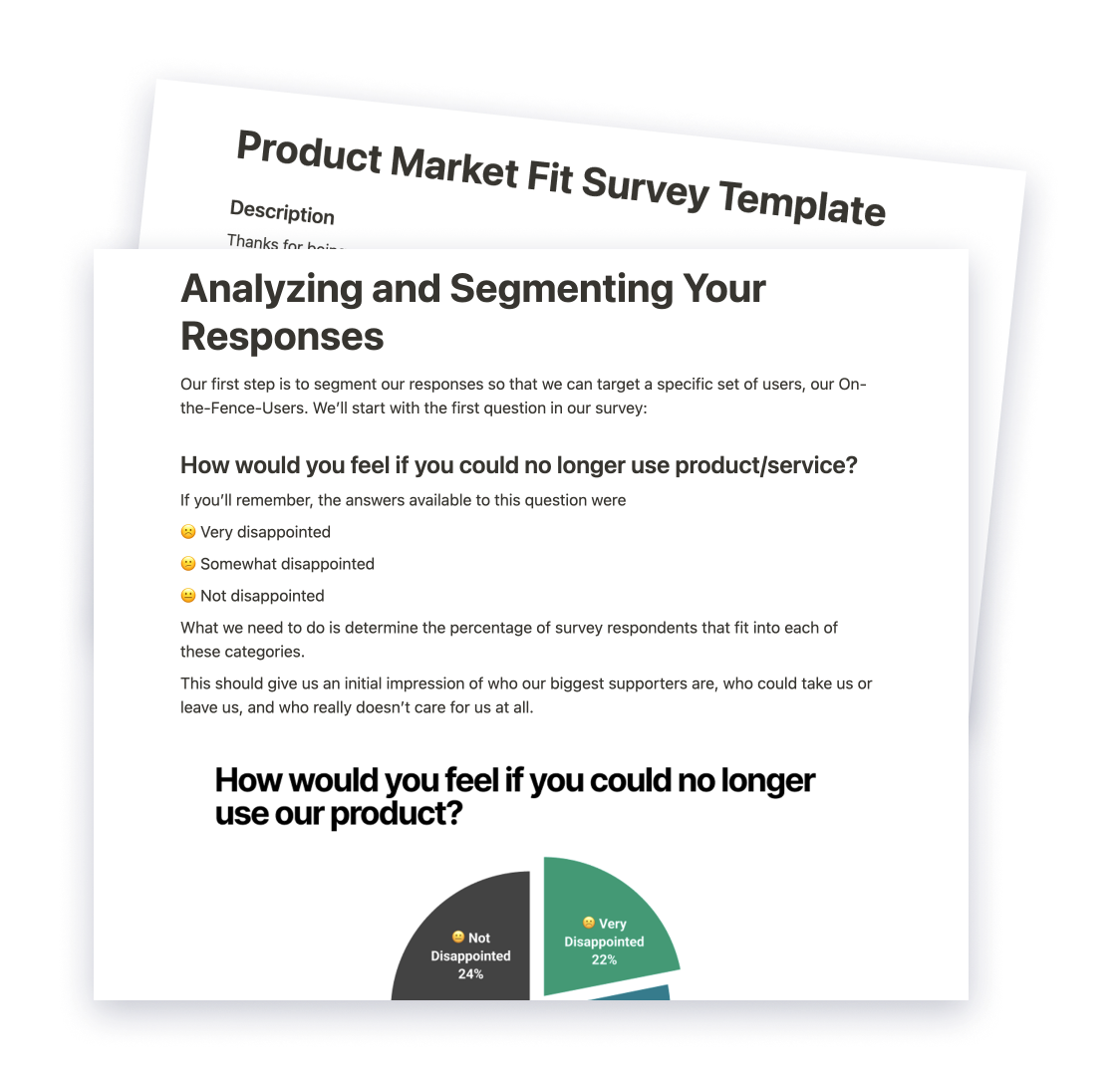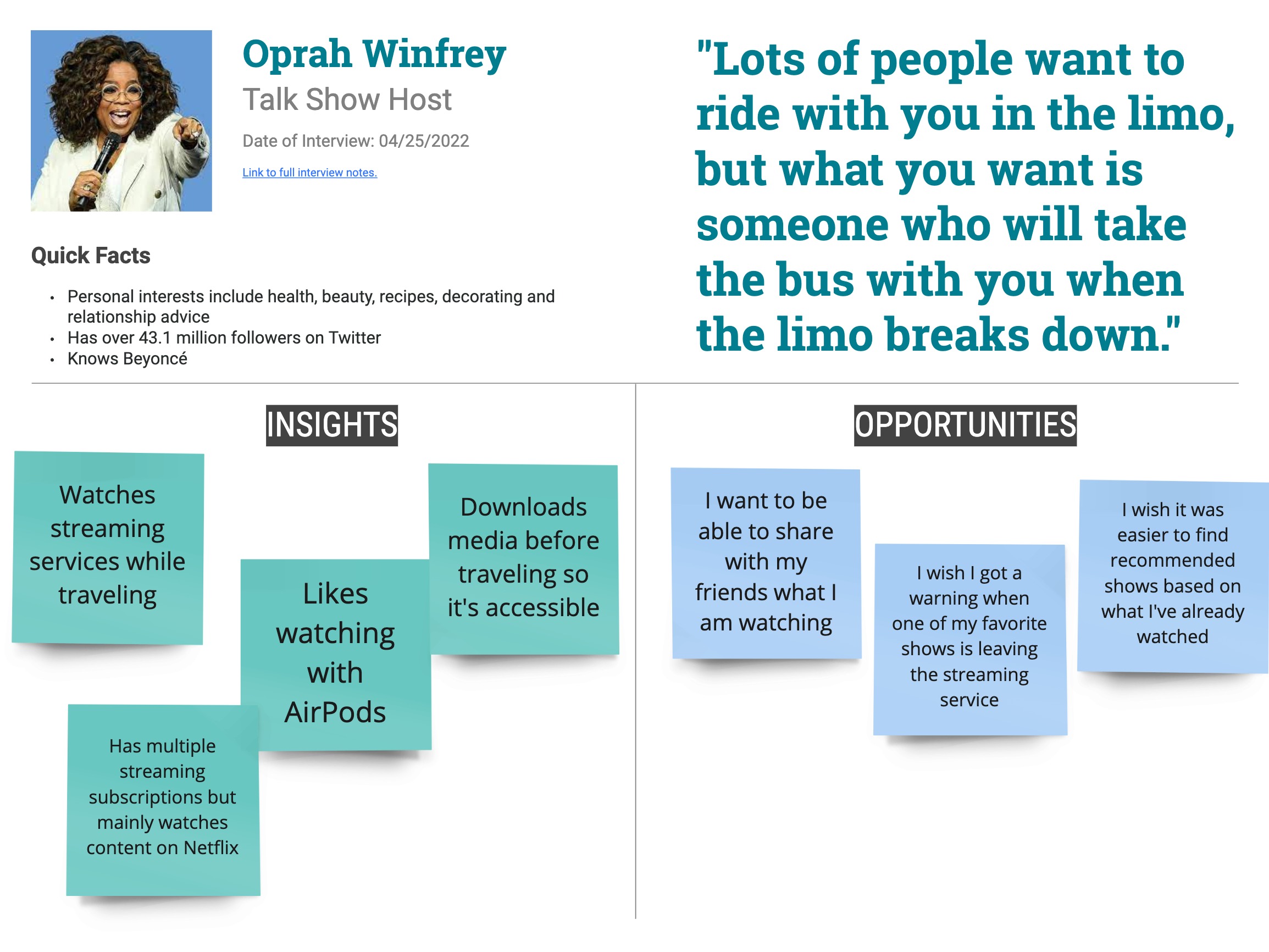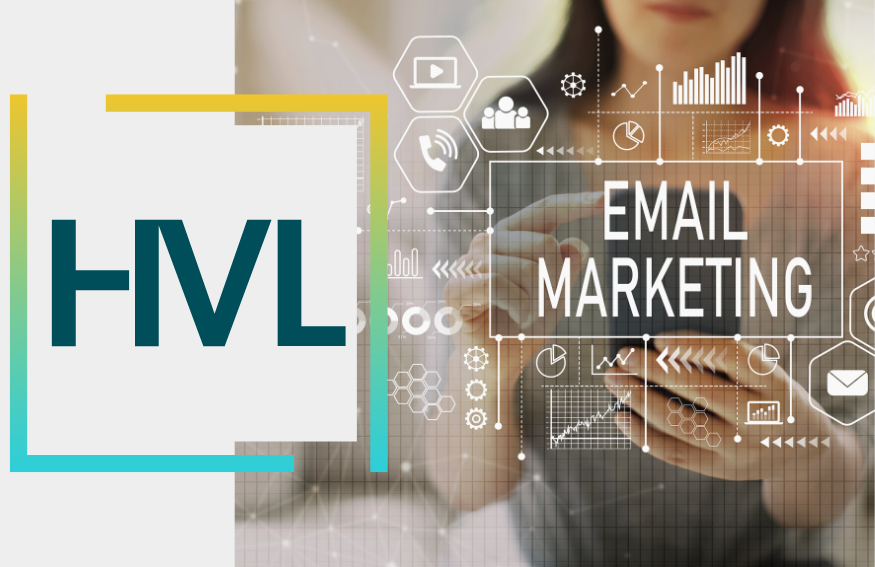In the ever-evolving landscape of PLG (Product-Led Growth) SaaS companies, understanding customer needs and driving product success is paramount. One powerful tool that product marketers have at their disposal is user interviews. These interviews not only provide valuable insights into customers’ pain points, motivations, and expectations but also play a pivotal role in achieving product-market fit (PMF).
As a product marketer, conducting effective user interviews is an essential skill that allows you to unlock the secrets to creating products that truly resonate with your target audience.
Using these five tips, you can improve your user interviews and gain actionable insights.

Download Free Growth Guide
Click here to download and unlock the full potential of user segmentation for your PLG SaaS company.
1. Employ a Strategic Approach
To conduct high-quality user interviews, strategic preparation is crucial. One effective method is the “zoom out, zoom in, zoom out” approach, which helps maintain a big-picture perspective while diving into specific areas of interest.
First, Zoom Out: Gain a high-level understanding of the user’s context, industry trends, and market landscape. This broadens your perspective, identifies opportunities, and frames interview questions.
Next, Zoom In: Delve into specific details by asking targeted questions about motivations, pain points, and unmet needs. Listening attentively and observing body language are key techniques.
Finally, Zoom Out (Again): Reflect on interview findings and connect them to the broader context. Synthesize specific details with the bigger picture to identify patterns, spot trends, and generate innovative ideas that holistically address user needs.
2. Beware of Biases
To conduct objective and unbiased user interviews, it’s essential to minimize personal biases and create a neutral environment that encourages open and honest feedback. Here are a few strategies to achieve that:
- Practice Active Listening: Avoid interruptions and assumptions. Allow participants to express their thoughts fully, even if they contradict your beliefs.
- Ask Open-Ended Questions: Encourage detailed and unbiased responses by structuring questions that don’t steer participants in a particular direction.
- Embrace Silence: Allow brief moments of silence after questions, giving participants time to gather their thoughts and respond authentically.
- Have a Neutral Tone: Maintain a non-judgmental tone throughout the interview, creating a comfortable environment for participants to provide both positive and negative feedback.
3. Prioritize Customer Outcomes
When conducting user interviews, it’s crucial to shift the conversation towards the desired outcomes and benefits your customers are seeking from your product or service. Here’s how to prioritize customer outcomes during your interviews:
- Frame the Conversation: Set the stage by emphasizing the importance of understanding the impact your product has on your customers’ lives or businesses. By framing the conversation around outcomes, you create a context that encourages customers to think beyond features and delve into the real value your product provides.
- Ask Outcome-Oriented Questions: Craft questions that revolve around the tangible results and benefits your customers have achieved. For example, inquire about the impact on their productivity, revenue growth, or any other key performance indicators that align with your product’s purpose. By asking questions like, “How has our product impacted your productivity or revenue?” you encourage customers to reflect on the specific ways your product has made a positive difference in their lives or businesses.
- Dig Deeper into the Why: Follow up on their responses with probing questions. Ask why achieving those outcomes is important to them or how it has affected their overall goals. Understanding the underlying motivations and reasons behind their desired outcomes can provide a clearer understanding of their needs and aspirations.
- Listen for Challenges and Pain Points: While focusing on outcomes, don’t overlook challenges and pain points customers may have encountered along the way. By understanding the obstacles they faced or areas where they feel your product can be improved, you can refine your offering to better address their needs and deliver even more value.
4. Synthesize and Iterate
After conducting several interviews, analyze the data collected and identify patterns or common themes related to customer outcomes. This synthesis will help you prioritize areas for improvement and guide future iterations of your product or service. At HVL, we use Miro to capture interview snapshots and share them with the wider team.

Free Miro Template
Remember, customer interviews are not a one-time exercise but an ongoing practice. As you iterate and make updates based on customer feedback, consider conducting follow-up interviews to validate your improvements and gather further insights. This cyclical approach of gathering feedback, synthesizing data, iterating, and validating ensures that your product remains customer-centric and aligned with its ever-evolving needs.
5. Collect Feedback on Pricing and Packaging
Understanding how customers perceive the value of your product and ensuring it aligns with your pricing strategy is crucial for business success. User interviews can be a great way to gather feedback on pricing and packaging sentiment.
During user interviews, be sure to include questions that delve into pricing sensitivity and customers’ thoughts on the affordability of your product. One technique is after demonstrating the product, ask potential customers what they think is an acceptable/expensive/outrageous price. Acceptable usually means ‘cheap’, expensive usually means ‘willing to pay for’, and outrageous usually means ‘too expensive.’
In addition to pricing, explore customers’ opinions on the packaging and bundling of your product. Ask about their preferences for different product configurations or packaging options. For example, inquire if they would find value in a subscription-based model, a tiered pricing structure, or any add-on features that could enhance their experience.
By actively seeking feedback on pricing and packaging during user interviews, you gain valuable insights into customer expectations and preferences.
Remember, pricing is not a static element of your product strategy. It should evolve as your product evolves and as you gain a deeper understanding of customer needs.
Key Takeaways
Overall, conducting effective user interviews is a vital skill for product marketers in the ever-evolving landscape of PLG SaaS companies. These interviews offer valuable insights into customer pain points, motivations, and expectations, playing a pivotal role in achieving product-market fit. By employing a strategic approach, being aware of biases, and creating a neutral environment that encourages open and honest feedback, product marketers can unlock the secrets to creating products that people value and are willing to pay for.

Download Free Growth Guide
Click here to download and unlock the full potential of user segmentation for your PLG SaaS company.




